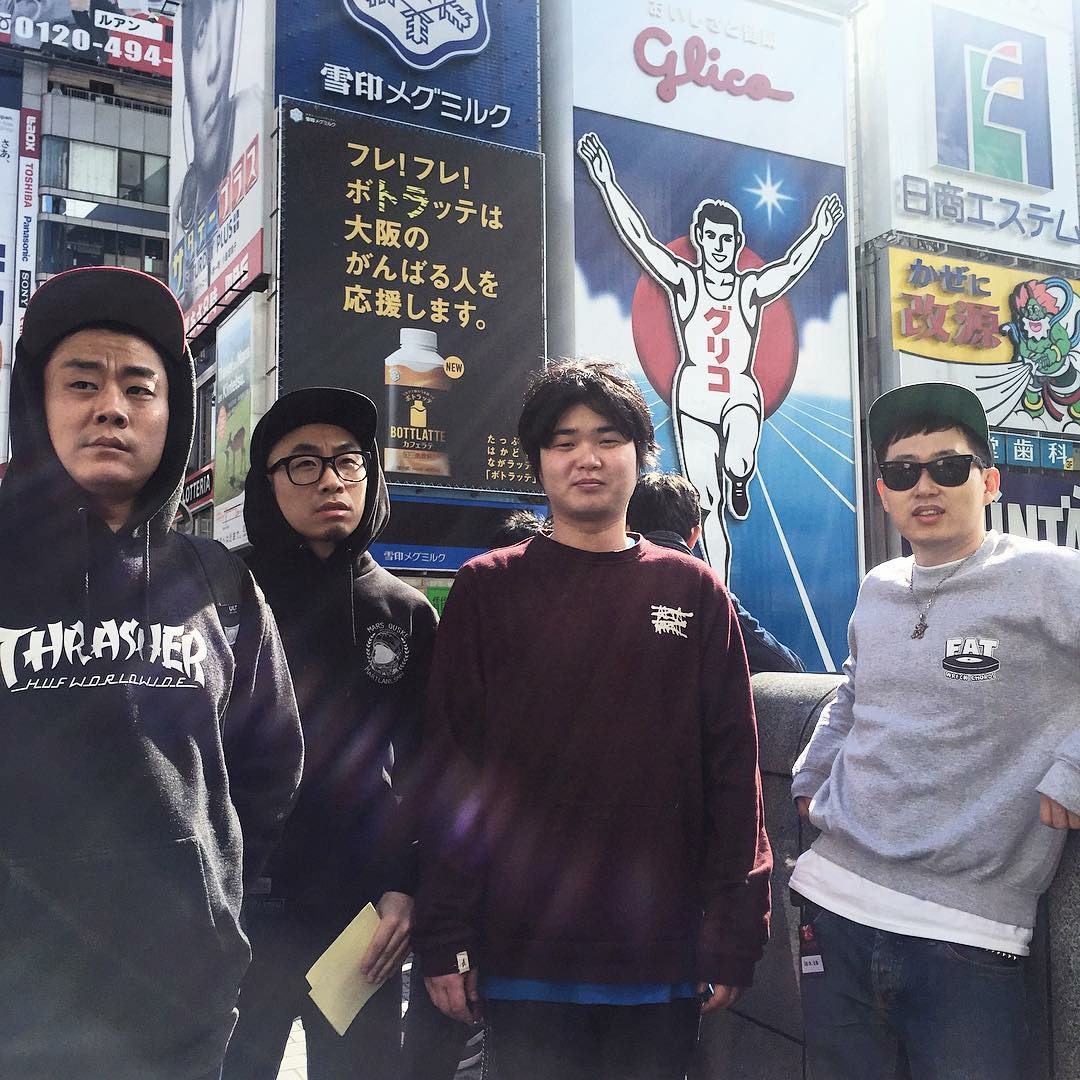Art Begins With Asia
The Asian Arts Theatre’s Ambitious Arrival on the Cultural Landscape
Written By Karly Pierre
Photos Courtesy of the Asian Art Theatre
On September 4, the Asian Arts Theatre (AAT) will officially open its doors to the public in a highly anticipated three-week festival. The festival will feature 33 international presentations and 12 world premiere productions by Asian artists with the goal of rebranding Asia as a contemporary arts powerhouse.
“I think that from the late 19th century to the 20th century, the world has looked to the  West — Europe — as the center of culture and economic power,” said Kim Seonghee, director of the Asian Arts Theatre. “Now economic power is steering toward the East, and I’m questioning what young Asian artists will do and what their responsibility is to interpret their society.”
West — Europe — as the center of culture and economic power,” said Kim Seonghee, director of the Asian Arts Theatre. “Now economic power is steering toward the East, and I’m questioning what young Asian artists will do and what their responsibility is to interpret their society.”
Asians controlling the narrative of the Asian experience is important to Kim. She remarks that most of Asian art history was written or interpreted by Westerners. And while she does not call for an East verses West rivalry, she does feel that Asian artists should value their own unique perspectives.
“Many [Asian] art professionals use Western art and philosophy as a guideline for their work and thought,” said Kim. “But interestingly, Asians have never looked to each other. I want to know, what is your philosophy? What is your voice? I think there must be a lot of artists [with unique Asian perspectives], but they are difficult to find.”
The AAT is a part of the Asian Arts Complex, undoubtedly one of the most ambitious arts endeavors in Korean history. Kim feels that the development of arts facilities in Asia like the AAT will help to balance the artistic playing field in which most of the arts infrastructure and influence resides in the West. Many Asian artists, she notes, lack the support they need to sustain the longevity of their work.
“After one or two performances, there is no chance to show their work again. Our theater will create a supportive production system that will help Asian artists continue to gain exposure on the international scene…We will partner with various festivals such as the Avignon Festival, the Taipei Festival and the Shanghai Festival to invest in artists and share their art, so that audiences have greater access. Maybe an artist will have access to an audience of 2,000 people at the [AAT], but through our sharing system, they can also show their work to 20,000 people in Avignon.”
Kim began her career in the arts as a dancer. She received a Bachelor of Dance from Ewha University and performed for several years before switching gears and graduating from New York University with a master’s degree in business administration and Ph.D. in business administration from Kyung Hee University.
“My talent is planning and supporting artists,” said Kim. “I’m happier doing this than performing on the stage.”
Kim has directed and managed a number of events including Festival Bo:m and Guangzhou Asian Arts Theatre. Her directing strategy for the AAT’s opening festival was simple: find artists with a powerful message and get out of their way.
“I try not to have a theme when I’m curating because I feel there is a danger in putting my pride at the forefront,” said Kim. “I am only presenting a playground for the artists. I was looking for 30 unique perspectives, so it’s impossible to fit them into one thematic box. It was really an organic orchestration…All of the power belongs to the artist, not me.”
She hopes that in the future, Gwangju will become a window into the world of Asian contemporary art, and an invitation to the AAT will be as prestigious as one to the Avignon Festival in southern France. The Avignon Festival began with just three outdoor performances and, over the next 60 years, grew to become a premiere arts festival. Kim feels that for the AAT to realize its potential to match such success, continued patience and investment from both the community and government is critical.
“The community needs to have the confidence for long-term patience,” said Kim. “This is a government project, and considering the government has invested in the foundation of this project for the last 10 years, they cannot expect to give up on the project if they don’t see results in one or two years…Like Avignon, Gwangju can become the most interesting cultural city in Asia. It is worthwhile to give this project a chance long-term.”
Because the AAT will be a production instead of presentation-based theater, it will give the community and especially students and young artists the ability to interact with intellectuals and artists during the creative process. The theatrical season will be five months long, with the rest of the year available for community projects, lectures and workshops.
“Also, within the season, one-third of our projects will be for the community and developing an audience here,” said Kim. “Educating young people is important because they are the future leaders of the complex. They will ensure its survival.”
Kim thinks that Korea and Asia are ready to recognize and embrace the importance of the artist’s role in society. Like politicians, businessmen and bankers have a function in society, an artist has a function too, explained Kim.
“Today, society asks people to do everything fast. We are so busy that we don’t have any time to think and reflect on the society we have built. That is something that we have to do. That’s what an artist does and that’s why we should spend tax money on it. Artists turn a critical eye on where society is hurt, where it’s fragile, where there are minority voices, where things have gone wrong. They purify the air. Art is like a medicine that brings healing and balance”.




